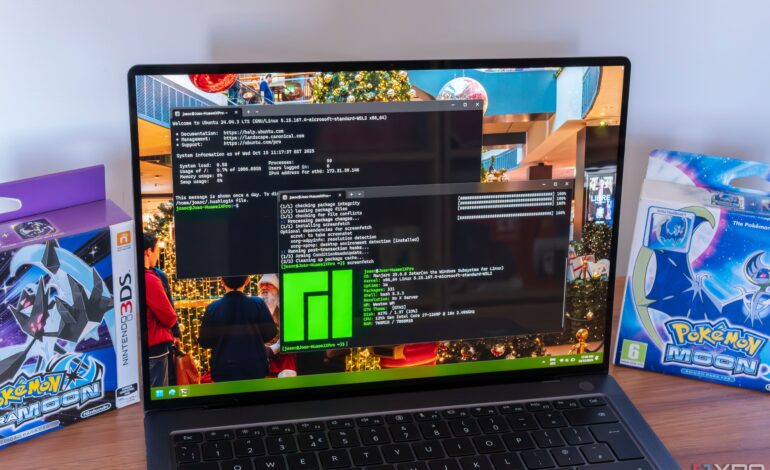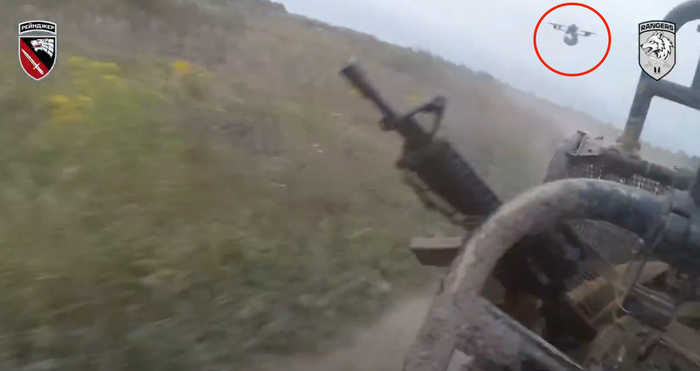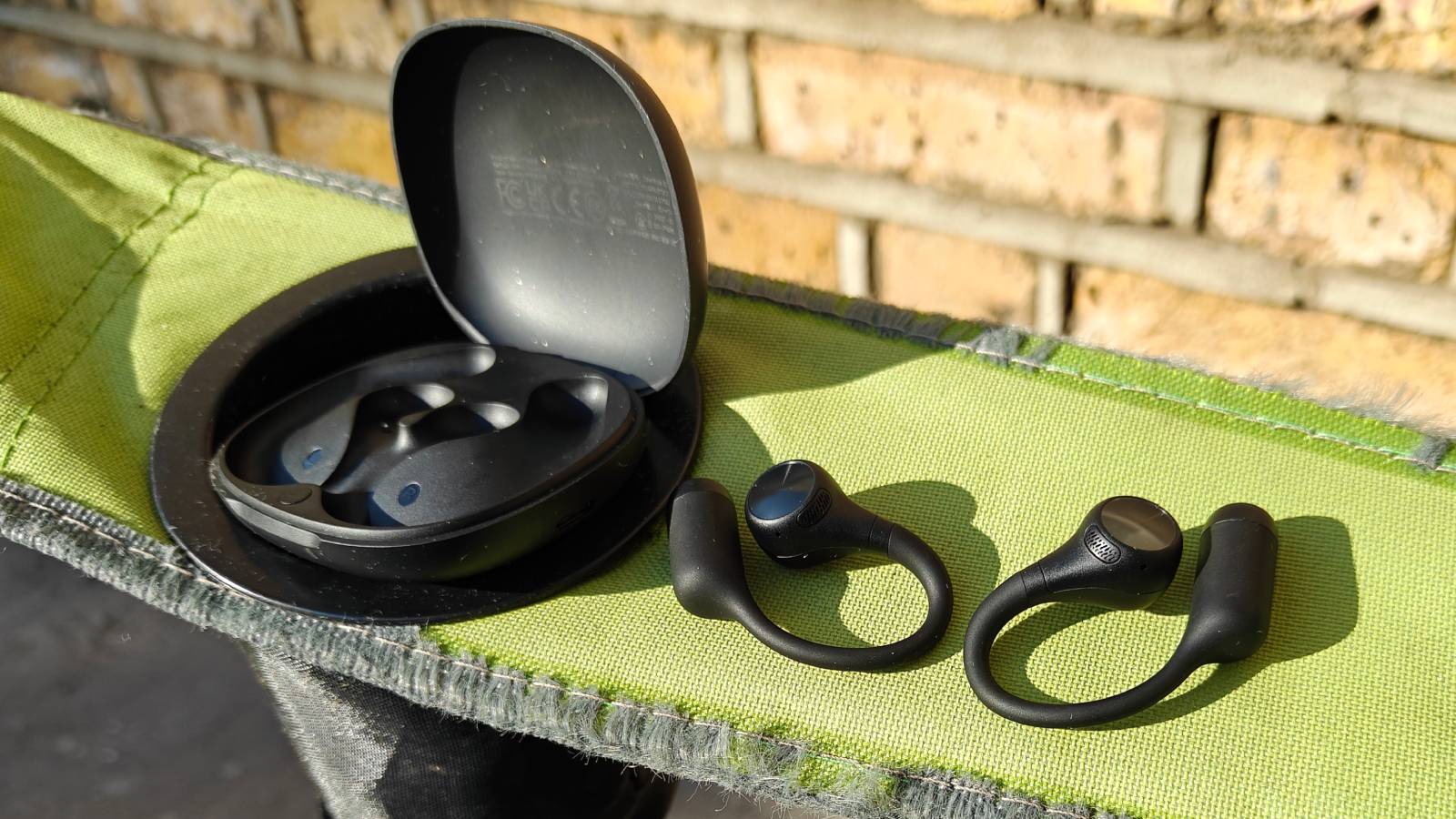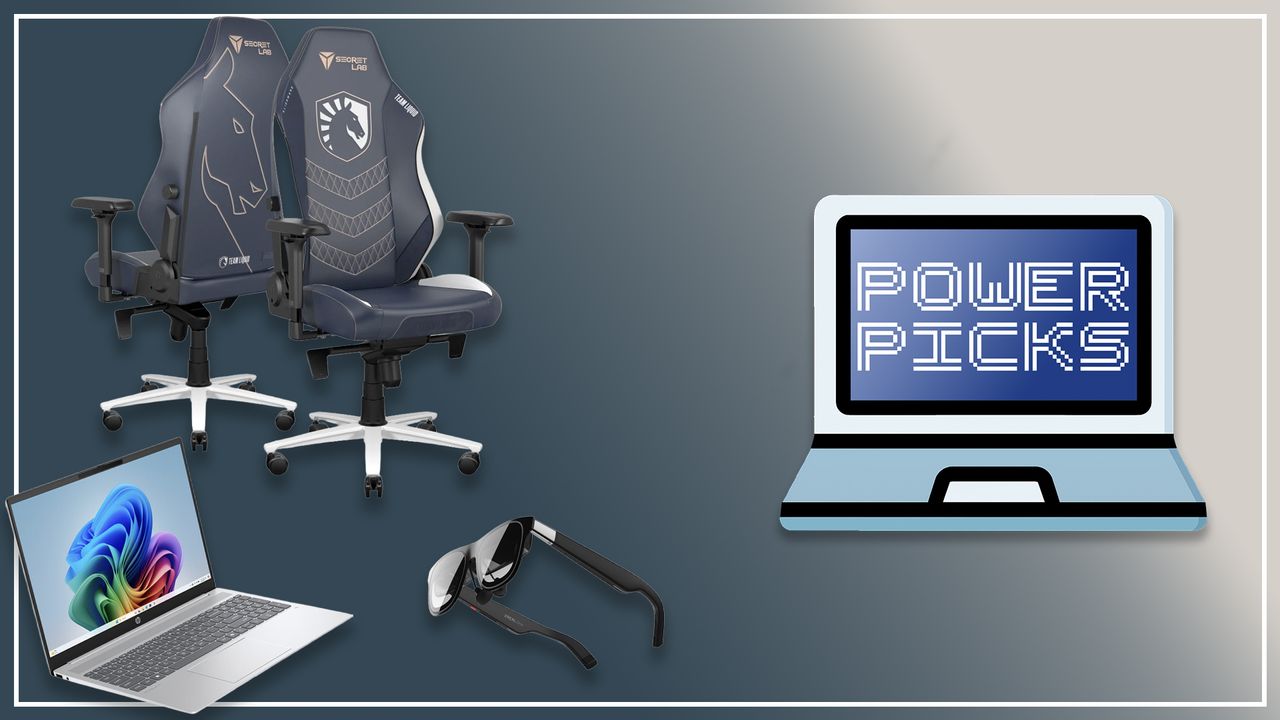Breaking Linux: A Journey from Windows to Newfound Skills

A recent transition from Windows to Linux has transformed the way one user understands and interacts with computers. With the end-of-life date for Windows 10 approaching in March 2025, the individual opted for a less conventional route by installing Linux. This decision has led to significant learning experiences about operating systems, far surpassing what was previously acquired during decades of using Windows.
Embracing Linux for Deeper Understanding
Initially, the user opted to dual-boot Linux Mint alongside Windows 10. The installation process involved partitioning the hard drive using Windows’ built-in tools, making the switch relatively straightforward. Once on Linux Mint, the user quickly immersed themselves in the operating system’s unique features, such as terminal commands, handling AppImages, and embracing the principles of open-source software. Over time, the experience evolved, with a shift to Fedora, which introduced the user to desktop environments, media codecs, and the complexities of video playback formats like H265.
Exploring the repositories available in Fedora also encouraged a deeper understanding of software installation. The user noted that while Windows offers easy installation processes via downloadable installers, relying solely on them often resulted in unwanted software additions. The shift to using the terminal for application downloads provided a faster, more straightforward, and arguably safer method of managing software.
The Challenge of Manual Installation with Arch Linux
Seeking to further challenge their skills, the user decided to install Arch Linux manually. This process is known for its complexity, involving a command line interface and no graphical user interface (GUI) by default. Starting from scratch, the user learned to connect to the internet, set up a user account, and configure the time zone—all through command inputs and file editing.
Guided by resources such as the Arch Linux wiki and instructional videos, the user successfully set up the operating system. This experience not only reinforced knowledge about creating boot partitions and managing home directories but also instilled confidence in navigating the intricacies of Linux. The user recognized that delving into the Arch Linux wiki could yield even more insights, suggesting a commitment to continuous learning.
The enthusiasm for Linux, however, came with its own set of challenges. Attempting to dual-boot Fedora and Arch Linux on the same machine led to complications, resulting in the loss of access to the Fedora partition. Subsequent attempts to create dual-boot setups with other distributions, such as openSUSE and EndeavourOS, faced similar hurdles. Each setback taught valuable lessons about the functioning of bootloaders and troubleshooting techniques.
Despite the difficulties encountered while experimenting with dual-boot configurations, the user emphasized the educational value of these experiences. Armed with newfound knowledge about recovery applications and commands like os-prober, they are now better equipped to handle future issues.
This journey from Windows to Linux has not only expanded the user’s technical skills but has also fostered a deeper appreciation for the inner workings of operating systems. With the ability to troubleshoot effectively and an eagerness to learn, the individual is now more confident in navigating the complexities of computing. As they continue exploring Linux, the journey serves as a testament to the rewards of stepping outside one’s comfort zone.





